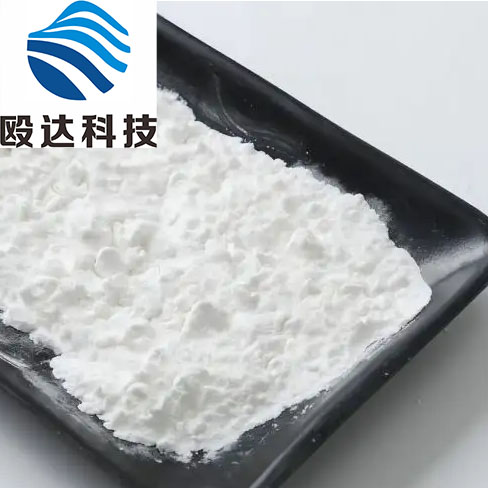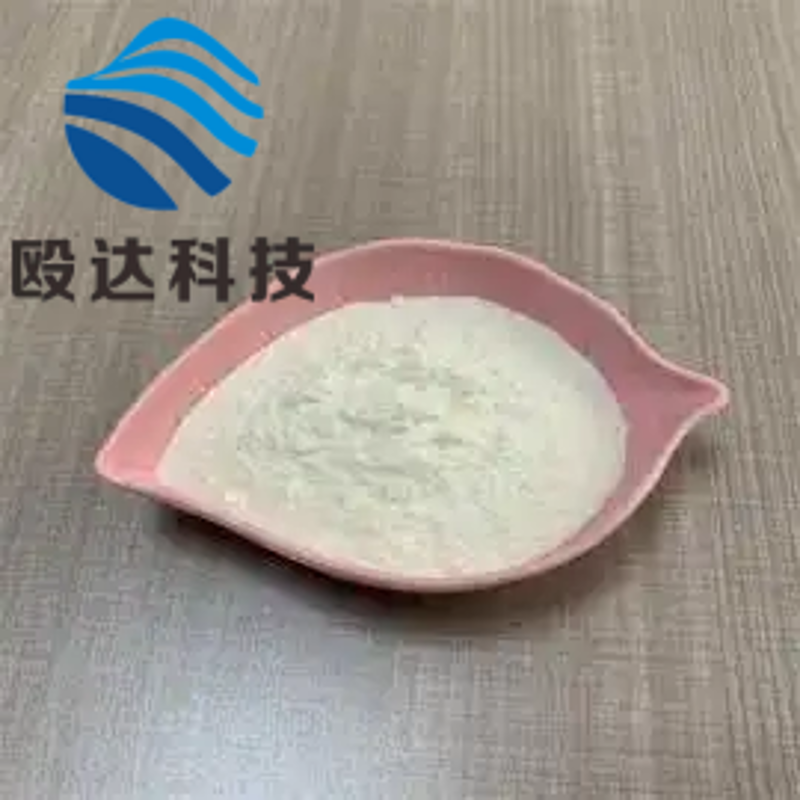-
Categories
-
Pharmaceutical Intermediates
-
Active Pharmaceutical Ingredients
-
Food Additives
- Industrial Coatings
- Agrochemicals
- Dyes and Pigments
- Surfactant
- Flavors and Fragrances
- Chemical Reagents
- Catalyst and Auxiliary
- Natural Products
- Inorganic Chemistry
-
Organic Chemistry
-
Biochemical Engineering
- Analytical Chemistry
- Cosmetic Ingredient
-
Pharmaceutical Intermediates
Promotion
ECHEMI Mall
Wholesale
Weekly Price
Exhibition
News
-
Trade Service
Background: Aging is accompanied by loss of muscle and gain of fat, which may increase the risk of type 2 diabetes (T2D)
.
However, there are few data on the local distribution of lean and adipose tissue in older adults with T2D or prediabetes compared with healthy controls
Aging is accompanied by loss of muscle and gain of fat, which may increase the risk of type 2 diabetes (T2D)
Results: The T2D group was 72±8 years old (mean±SD), dominated by males (n=1.
5/18, 83%), and overweight (BMI: 27.
8±4.
2 kg/m2, 33.
2±5.
3% body fat)
.
Compared with the HM group, upper arm lean body mass increased by 0.
Figure 1 DXA area analysis
.
The yellow lines indicate the boundaries between the head, torso (including spine and pelvis), left and right arms, and left and right legs
Figure 1 DXA area analysis
Figure 2 Placement of ImageJ measurement tools for ultrasound thickness (A, B) and muscle mass (C, D) analysis
.
The green line indicates where the thickness of the anterior thigh and abdominal muscles was measured; the blue arrows indicate where the thickness of the anterior thigh and abdominal SAT was measured
Figure 2 Placement of ImageJ measurement tools for ultrasound thickness (A, B) and muscle mass (C, D) analysis
Table 1 Composition of DXA regional institutions
Table 1 Composition of DXA regional institutionsTable 2 Ultrasound measurements of muscle and SAT thickness
Table 2 Ultrasound measurements of muscle and SAT thicknessTable 3 Ultrasound-based muscle texture features
Table 3 Ultrasound-based muscle texture featuresTable 4 Physical function, strength and metabolite sub-analysis
Table 4 Physical function, strength and metabolite sub-analysisFigure 3.
Ultrasound-based muscle texture features correlated with muscle strength (A, B) and circulating metabolic markers (C, D)
.
Two-tailed Pearson correlation analysis was performed on all participants in the same group (n=24)
Figure 3.
Our findings suggest a new body composition phenotype that is specific to older adults with T2D or prediabetes
Altered features of body composition in older adults with type 2 diabetes and prediabetes compared with matched controls.
Leave a comment here







